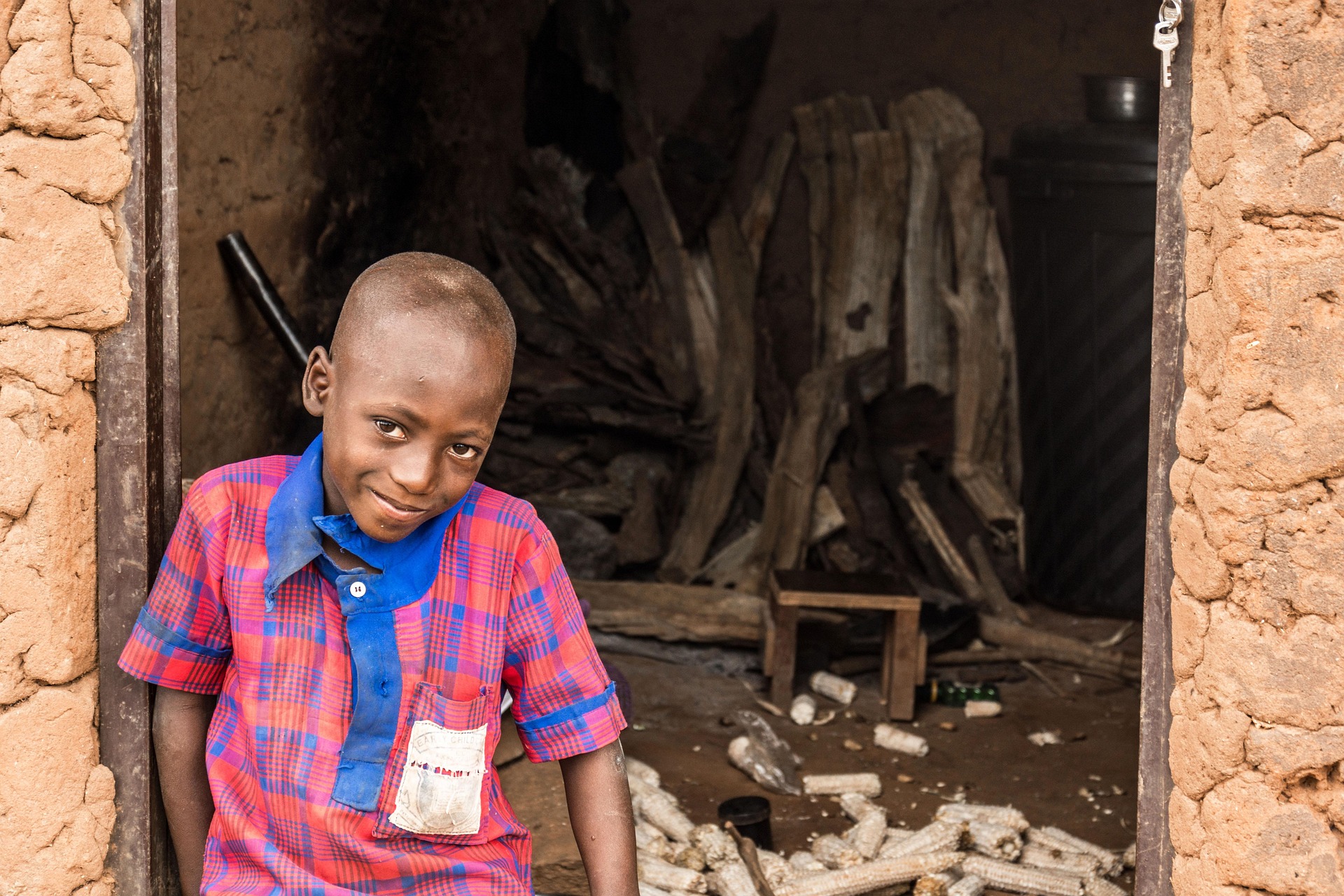The Rural Development Center serves as a central element in the organizational structure of OPISAC, functioning as the primary node through which its sustainability programs are deployed, administered, integrated, and adapted to meet the conditions of diverse geographic and socioeconomic communities. The Rural Development Center is not only an administrative outpost, but is designed to serve as dynamic, multi-purpose facility capable of integrating housing, education, governance, and community engagement into a single, unified infrastructure.
The strategic importance lies in the capacity to convert high-level sustainability objectives into actionable and localized outcomes providing an immediate relief to the symptoms of poverty, and the sociological and environmental degradation, but further working to root out and eradicate the underlying causes that allow for the persistent existence of these detrimental impacts of human growth and development in its current iteration.
At the heart of each Rural Development Center is the capacity for providing safe, secure, and dignified housing for members of formerly vulnerable classes, including individuals displaced by environmental degradation, informal settlements, or systemic economic exclusion, as well as those who may be displaced by the elimination of landfills and other locations where the vulnerable classes have formerly survived.
These residential facilities are constructed to restore a sense of stability, safety, and permanence, allowing displaced individuals and families to transition from survival-based living conditions into environments where long-term personal and communal development can take place.
Housing is not treated as an isolated intervention but is embedded within a larger ecosystem of support services, reinforcing social reintegration and self-sufficiency.
Education and training are likewise central to the Rural Development Center mandate. Each center functions as a learning and skills acquisition hub tailored to the specific occupational and developmental needs of the surrounding population.
Programs range from educational pursuits including scholastic, vocational, and technical training, all the way to environmental stewardship, entrepreneurial development, and advanced, sustainable agricultural methods. By equipping local residents with the tools to participate meaningfully in regional economies and environmental restoration projects, the centers advance both economic empowerment and ecological sustainability.
Educational curricula are developed in coordination with local experts, academic institutions, and government agencies, and based on the specific and individual aptitude of each student, child or adult, in order to ensure cultural relevance and practical applicability.
Operationally, the Rural Development Center serves as the headquarters for OPISAC field-level activities within any given region. It coordinates logistics, personnel deployment, project oversight, and stakeholder engagement. It further ensures every region has a unified and enforceable voice at the national and international levels of operations.
In many cases, the center also provides administrative space for domestic government programs and inter-agency and inter-organizational partnerships. This co-location fosters policy coherence, resource efficiency, and direct collaboration between civil society, government, and international stakeholders. The center thus becomes a locus of institutional synergy, enhancing the reach and efficacy of both governmental and non-governmental interventions.
Culturally and socially, the Rural Development Center functions also as a civic node, offering space for public meetings, community dialogues, cultural celebrations, and traditional governance mechanisms. Its design intentionally accommodates local customs, linguistic diversity, and collective decision-making practices.
Where relevant, the Rural Development Center works in conjunction with or assumes the role of local People’s Organizations or Permaculture Centers that will be strategically located throughout each region. This integration ensures continuity of purpose with established community structures within the local context while enhancing their institutional and operational capacities locally, domestically, and internationally.
Each Rural Development Center is individually designed and constructed to reflect the specific needs, priorities, and regulatory frameworks of the Local Government Unit and the communities it serves.
This localization process includes detailed consultations with local authorities, technical experts, traditional leaders, and civil society actors to ensure that the center aligns with environmental conditions, land-use policies, and sociocultural norms. Architectural considerations are adapted to local conditions, climate constraints, and resilience requirements, ensuring that the infrastructure is both sustainable and contextually appropriate.
In this manner, the Rural Development Center becomes a living institution, rooted in place while remaining integrated and adaptive, subject to change based on the specific needs of the respective communities and regions. It unifies infrastructure, human capital development, governance, and community identity into a singular, sustainable operational model that advances the OPISAC mission of systemically sustainable human growth and development.

